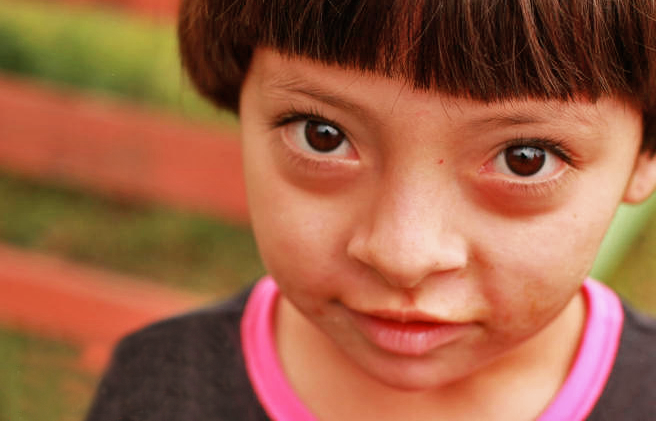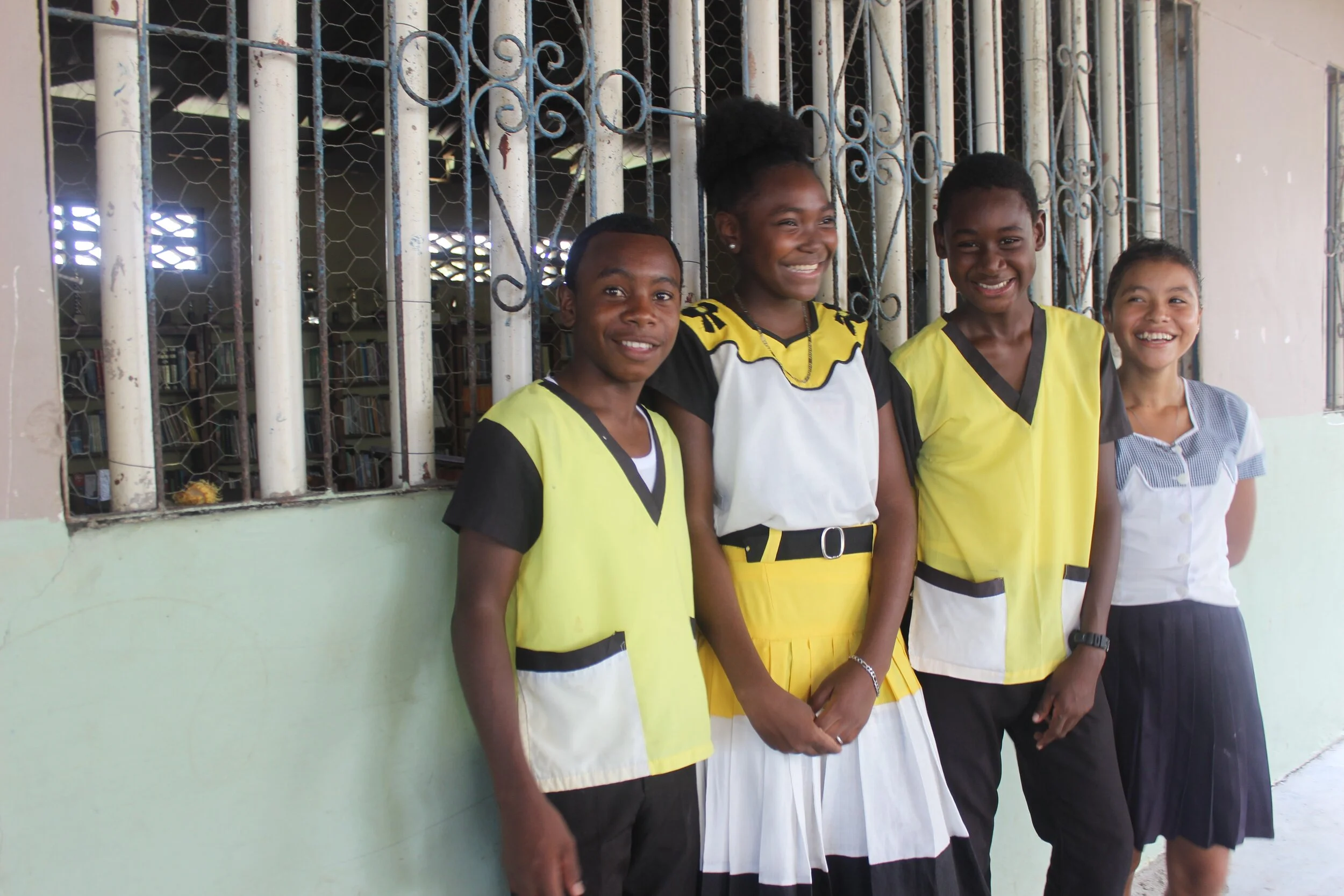Ethnographic Portraits
Over time and in various projects, I have used photography as a tool to preserve and understand different cultural histories and behaviours. This has allowed me to tell life stories in a deeper and more meaningful way. What makes a photograph ethnographic is not necessarily the intention with which it was produced, but the way it is used to inform and ethnographically enrich those who observe it.









Three generation of Perez Women
I met the Pérez women as they helped their community set up eco-stoves in the mountains of Belén Manazapa, Intibucá. This corner of western Honduras is home to the indigenous Lenca people. Their legacy shines through in vibrant textiles, purposeful pottery and a deep respect for Pachamama. There, the sense of community transcends, and morning greetings go straight to the soul: ‘How is your heart?’
A Garifuna School
Under the tropical sun and among colorful uniforms, I had the privilege of working with public schools on the north coast of Honduras, connecting with the rich Garifuna culture. These people enrich our heritage with their exquisite cuisine, vibrant art and unforgettable music such as the punta, whose rhythms of drums and bombos fill the northern schools with life. Through the Garifuna ballet, the communities are transforming education, instilling pride in the students and preserving their cultural heritage.
Fortified Tortillas
Western Honduras is one of the areas most vulnerable to climate change, with droughts and landslides wiping out crops and exacerbating food insecurity. While working on nutrition initiatives in Intibucá, communities showed me a brilliant solution: the fortified tortilla. Made from corn and enriched with wild plants like moringa, it provides iron and essential vitamins. Its vibrant colors not only nourish, but also appeal to girls and boys, making every meal a nutritious and fun experience.
The Profe Cacho
Originally from the north coast, Profe Cacho, as her students call her, is a passionate teacher and a beacon of hope in a community marked by urban violence. More than an educator, she is a community leader to whom students turn to in and out of the classroom. By collaborating on community initiatives in the region, I understood the vital importance of women like her, who are key players in solving social and urban challenges.
Don Chepe
My first job in development agencies in Honduras led me to long days in the field, where I had the privilege of interviewing incredible people and learning from their life stories. At Don Chepe's farm, along with his twin brother, I delivered my first report. With patience, they taught me the basics of rotational farming and how they overcame poverty with simple methods. I still consider them my teachers.
The orphanage in Cambodia
In the floating villages on the Siem Reap River, where more than 8,000 people depend on boats as their only means of transportation, we visited the community orphanage. There, the girls welcomed us with smiles and, through translations, drawings and mime, shared stories of their days as we floated together in this unique world.





